Latin was the most spoken language in ancient
If we consider the continents known and closest to us, until the Middle Ages Latin was certainly the most widespread language. Naturally thanks to the hegemony of Rome, which spread Latin, a bit like what happened today for English, which has become the unofficial language of the whole world.
The Latin language was the first of all European languages to enjoy an international aura and the status of a universal language. Now declared extinct, Latin was the official language of ancient Rome, then of the entire Western Roman Empire until its fall (which occurred in 476 AD), one of the most powerful empires – and one of the most fascinating – in history.
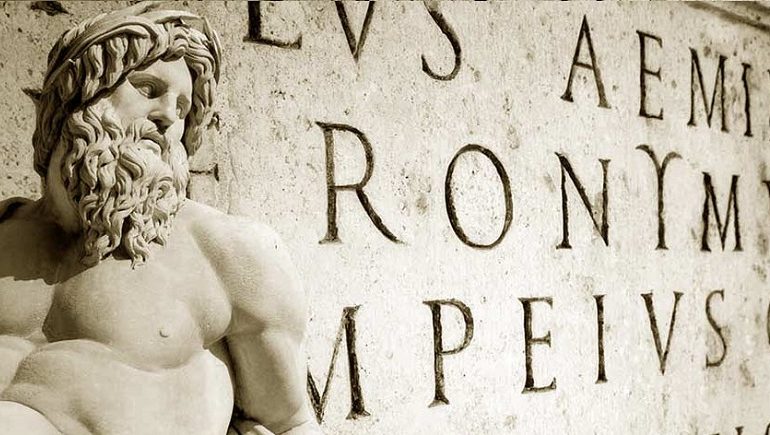
An extraordinary influence, so much so that of all the so-called “dead” languages, Latin is undoubtedly still today the most “alive”, studied by millions of people all over the world and even considered an official language by the Catholic Church. Everywhere it is considered the effective language of Roman antiquity, the very symbol of its history and culture since the earliest times.
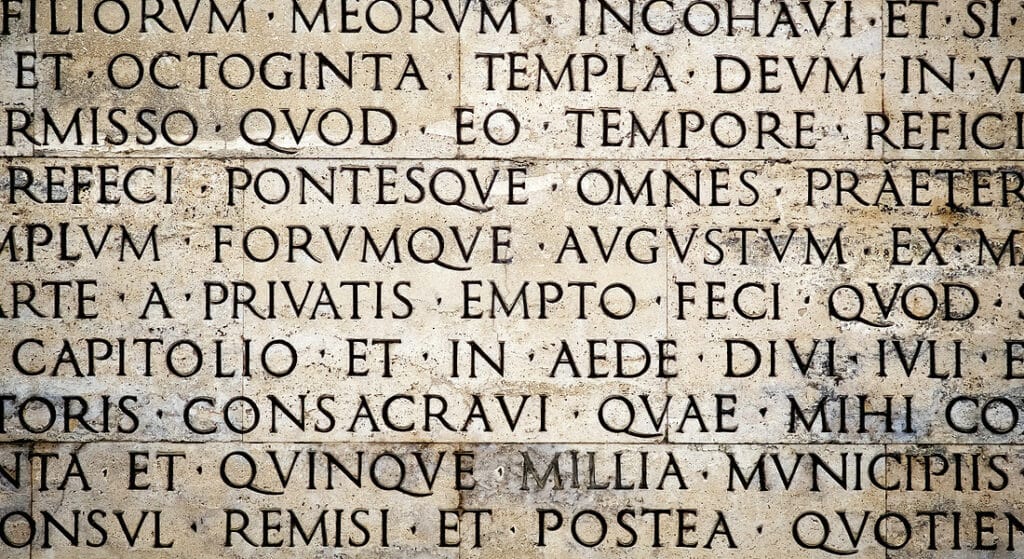
Latin and Greek were the two official languages of the Roman Empire, but other languages were regionally important. Latin was the native language of the Romans and remained the language of imperial administration, legislation and the military throughout the classical period.
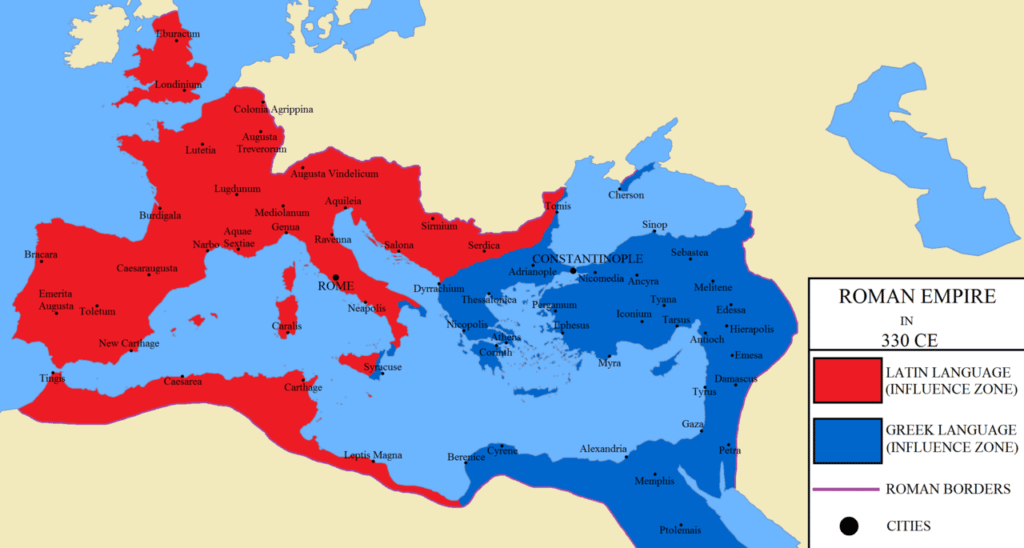
Latin is an Indo-European language of the Faliscan-Latin group. It was originally spoken in Latium vetus, a small region to the left of the Tiber and was the language of the Romans from the earliest known period. Writing under the first Roman emperor Augustus, Virgil pointed to Latin in the Aeneid as a source of Roman unity and tradition.
The emperors of the Julio-Claudian dynasty, who claimed descent from the Virgilian hero Aeneas, encouraged a high and correct use of Latin (latinitas), a linguistic movement identified in modern terms as classical Latin, and favored Latin for conducting official business.
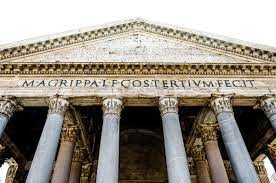
It should be emphasized that Latin became the language of the conquered areas because the local population began to speak it and not because the local population was deported. Latin was not officially imposed on peoples under Roman rule. Latin was not a requirement for Roman citizenship and there was no state school that favored it as a means of education: knowledge and fluent use were desirable simply for its socio-cultural prestige and for practical reasons.
Latin was in fact necessary for imperial service and advancement and was the language used for the internal functioning of government. The emperor’s edicts and official communications were in Latin, including decisions on local laws which could be in another language.
Latin ceases to be a living language: in the 16th century, the Renaissance values humanity, art, rationality, individualism and logic, but Latin ceases to be a living language because it is no longer used by anyone in any activity.
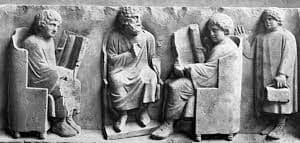
Even today, however, Latin is one of the official languages of the Vatican. In fact, the Papal States and the Catholic Church have never abandoned their historical language and the universality that this allows to achieve: in this context, Latin is still a spoken language.
